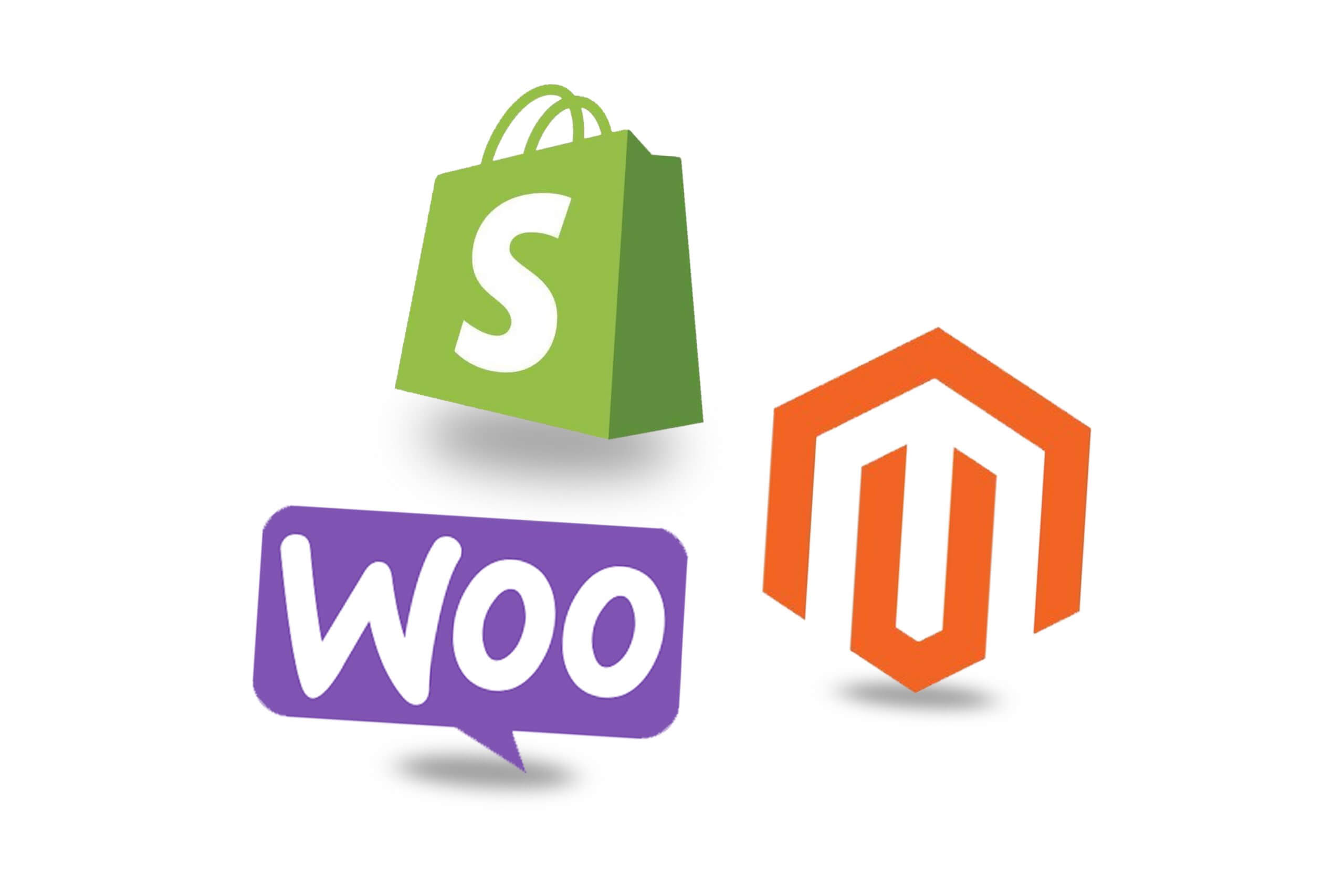For most businesses, an eCommerce platform is one of the best things you can do for your brand. After all, the move to the digital sphere is happening rapidly, particularly in recent years. Maintaining an online presence is the best way to have a global reach.
However, many small businesses looking to start their eCommerce store might find this step a little confusing, not to mention intimidating. Just look at it — there are so many options out there! How would anyone know which is the best option for their brand?
The eCommerce platforms available may seem a little daunting at first, but get to know them a bit more, and you’ll realise how straightforward everything is. WooCommerce, Shopify and Magento are the three most prominent platforms in the eCommerce industry, holding more than 50% of the market share combined. In this article, we’ve broken down the pros and cons of these three major eCommerce platforms to help you decide which you should use.
-
WooCommerce
WooCommerce is a WordPress plugin that brands can use if they have a registered domain for a WordPress website. WordPress is a standard content management system that many brands use. WooCommerce is a popular choice due to its ease of use. The best part is, it’s free!
With roughly 25% of the market share, WooCommerce is used by nearly 3 million sites to date. Although domain name and hosting are not included, this eCommerce platform allows brands to have an unlimited store size and unlimited orders and sales. If you want your own domain name, however, additional investment is required.
Additionally, brands would need to obtain their own Secure Sockets Layer (SSL) certificate, a global standard security technology that enables encrypted information between a web browser and a web server. This decreases the risk of sensitive information being stolen or hacked. WooCommerce supports SSL but does not provide an individual certificate for brands.
There are plenty of extensions and themes you can choose from when using WooCommerce. This allows you some flexibility in your online shop, most of which would be required if you want a functioning store. Of course, keep in mind that some of these extensions and themes are premium and might require payment.
The good thing about WooCommerce is that it has integrated Google Analytics. This means that you’ll keep track of the popular items, which are being dropped, bounce rates, clickthrough rates, and more. Since it is free, WooCommerce is perfect for businesses who are tight with their budget or are just dipping their toes into eCommerce.
-
Shopify
Easily described as the upgraded version of WooCommerce, Shopify offers a few functions and features that are comparable to, if not better, than WooCommerce. However, the downside to Shopify is that it is not free.
The monthly subscription starts from $29 onwards, which allows you a free myshopify.com domain. Alternatively, you can also use your custom domain name. Even though Shopify runs on a monthly subscription, it has over nearly a million users and takes up 20% of the market share.
With Shopify’s high quality hosting services, you do not have to worry about finding a hosting provider or installing any other software since it is all included. This includes unlimited bandwidth, automatic site backups, and more. They also help update and maintain the underlying software for businesses, whereas both WooCommerce and Magento do not.
Since Shopify is a hosted solution, brands would not be able to access the underlying software, unlike when using WooCommerce or Magento. This means that you would most likely not be able to customise your server the way you want it to.
As with WooCommerce, Shopify does some free extensions, although most of them are premium. Additionally, all themes are also premium, so keep that in mind if you want to change your shop interface. Last but not least, Shopify comes with an SSL certificate which is included in their plans.
Shopify is used by the likes of Sephora, Budweiser, Nestle, Tesla, and more. If you want an uncomplicated setup process but desire premium support, this would be an excellent option for you. Even without much technical knowledge, one can easily handle and learn how to get their online store up and run with Shopify.
-
Magento
Magento is adopted by 250,000 websites worldwide and holds a 10% share in the market as a corporate-level eCommerce platform. Although it seems like a minor player out of the three, do not underestimate this eCommerce platform! Just because it is a niche does not mean it is not as valuable.
In fact, with both free and premium options, Magento offers plenty of support for businesses wanting to start an enterprise-level online store. While the free community version requires you to get a domain name and hosting on your own, the premium version does not.
Again, there are limited extensions and themes that Magento offers for free. Most of the better ones are premium, which means you would need to fork out some money to obtain them. However, Magento has advanced security and updates.
Since it is the most advanced version of the three, it is only natural to wonder what other features they offer. For one, their inventory management system allows them to sync the warehouse stock with the online shop. They also support multiple languages and currencies, which comes in handy for a global business. For a complete list of Magento functions that they offer, visit this link.
With an in-built SEO package and analytic system, Magento is undoubtedly a high-end eCommerce platform highly recommended for established brands or brands looking to branch out. Magento is used by the likes of Nike, Ford, and Christian Louboutin. Remember that there is a steep learning curve for this, as it is more geared towards developers and web development professionals!
All in all, WooCommerce is beginner-friendly and wallet-friendly, whilst Shopify is great for those who want to relinquish control. On the other hand, Magento is perfect for large brands that have the following to back them up. Ultimately, it would be best if you determined which eCommerce platform is best for your business. After all, you know your brand best!





 Branding
Branding Digital Strategy
Digital Strategy PR & Communications
PR & Communications